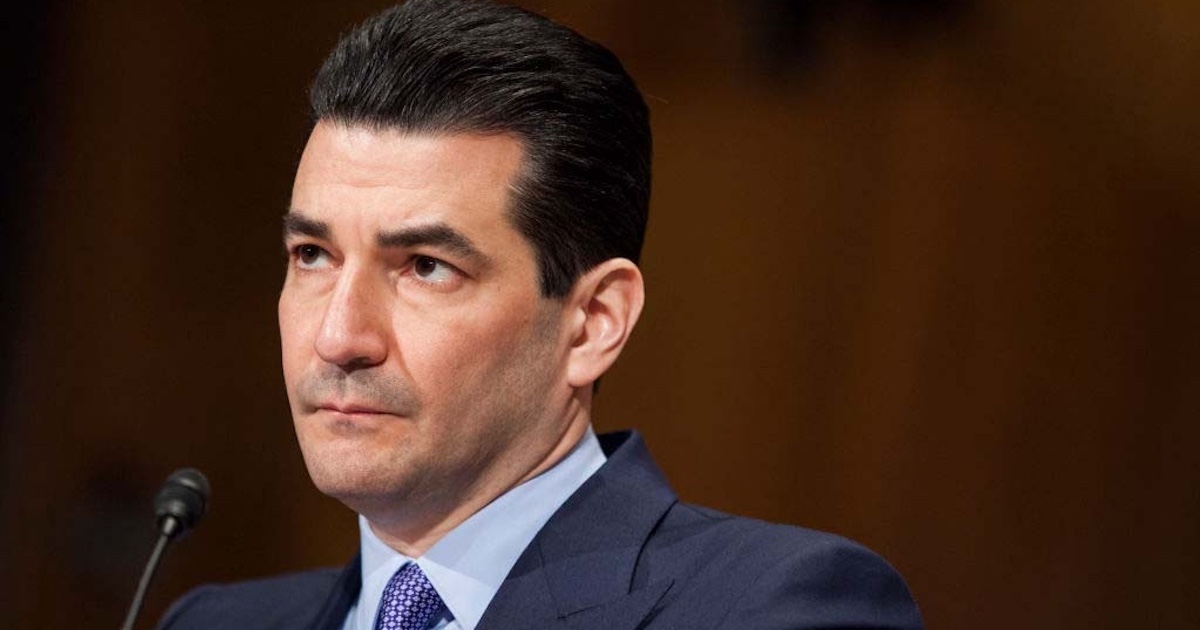/*-->*/
The mysteries of the human mind aren’t easily understood in phone calls, e-mails, text messages or the once-a-month visits to the therapist. For those with mental health issues, the preferred method of treatment is face-to-face communication.
When those faces happen to be miles apart, separated by mountains, busy cities or hectic schedules, video conferencing offers an important bridge.
Jennifer DeGroff, director of adult and rural services for AspenPointe, a Colorado Springs, Col.-based provider of behavioral health and counseling services, says video conferencing services are a key tool in connecting her 120 staff members scattered across four rural sites to some 250 clients. Without it, she says, one of her staff would be spending 13 extra hours a month on the road.
“That’s 33 more clients we couldn’t see,” she says.
Championed in industries as diverse as the military and the nation’s prison system, telepsychiatry is one of the fastest growing uses of telehealth technology in the United States. Its reliance on video conferencing is an important aspect in a field where a counselor often needs to see a patient in order to make a proper assessment.
“Doctors are looking for visual clues,” says Jim Mountain of Secure Telehealth, a Pittsburgh-based provider of telepsychiatry services that has been working with AspenPointe for almost two years. “They need to see their patients and make assessments that a simple question-and-answer session over the telephone wouldn’t be able to do.”
In fact, Mountain says telehealth is helping to change the face of the psychiatry industry.
“We’re not talking about an idle, rich woman sitting on a couch in a high rise any more,” he says.
Indeed, with everyone from returning veterans to children to their parents needing some sort of behavioral support, many of today’s clinics are small, rural non-profits serving a varied and far-flung populace. With the advent of cloud-based technology, Mountain says, “telehealth is so much more affordable now.” He even has a doctor on his staff in Israel who works with people in the United States dealing with sleep disorders.
In addition, he says, Medicare and Medicaid are now reimbursing for some telepsychiatry services.
“It’s very important,” he stresses. “For many people, basically, it’s either us or nothing. And if it’s nothing, these people end up in jail or the emergency room.”
Secure Telehealth’s online platform is designed by Nefsis, a San Diego-based provider of HD video conferencing and collaboration tools. Tom Toperczer, the company’s vice president of marketing, says telemedicine is one of the company’s fastest-growing verticals. He points out that Nefsis offers a cloud computing solution that bypasses the more expensive private networks and gives smaller, non-profit providers and opportunity to adopt this technology.
“With cloud computing and the encryption tools that are available today, a private network is no longer required to practice telemedicine,” he says.
At AspenPointe, DeGroff says both staff and patients were wary at first of the telehealth platform, but both have come to embrace it (only one of the practice’s 250 clients, she says, has opted to drive to appointments rather than use video-conferencing). The practice currently uses Secure Telehealth to prescribe medications and for some team meetings, and is looking to use it for more individual therapy sessions and specialist consults as well as group therapy.
Another factor that can’t be overlooked: In a mountainous, seasonally-challenging state like Colorado, the advent of video conferencing also saves a lot of travel time, wear and tear on vehicles (and drivers) and money.
“We’re spending one-twentieth of what we spent before per month,” she says.


